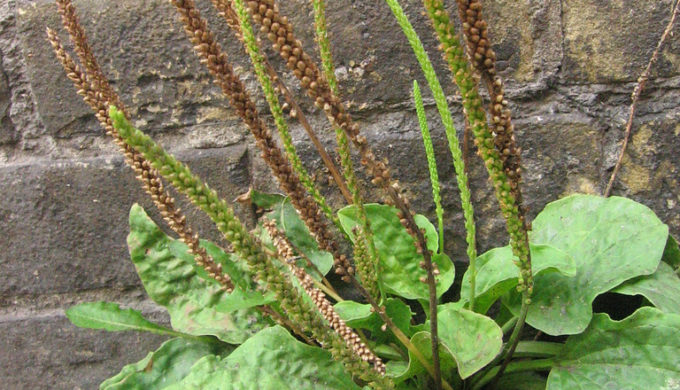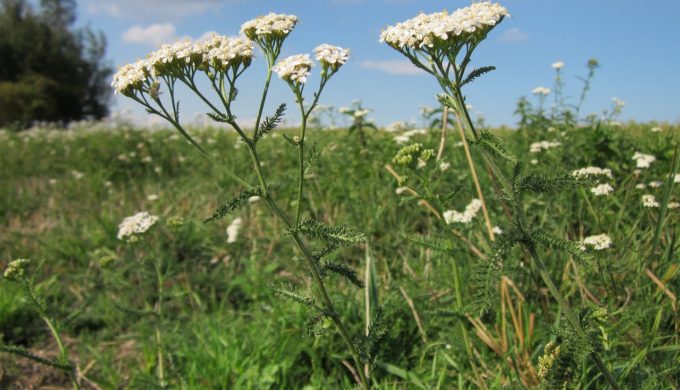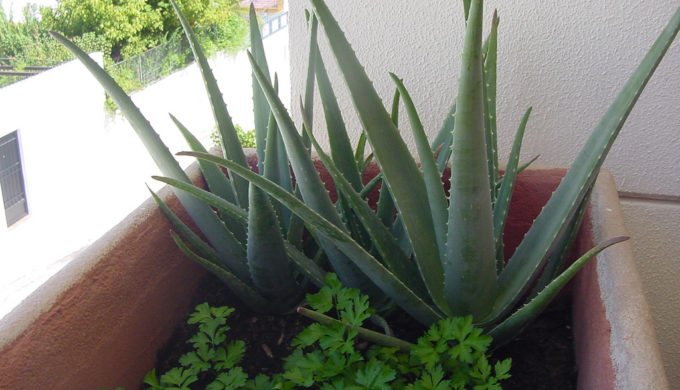There are wound care plants that have been used for centuries for their antibacterial properties in healing and their abilities to absorb fluid and leakages from wounds. Most of them are easy to grow but remember that if you wish to use any of them, they need to be kept organic. There are a lot of chemical additives to plants you purchase unless they are designated as “certified organic”.
The USDA National Organic Program (NOP) defines organic as follows:
“Organic food is produced by farmers who emphasize the use of renewable resources and the conservation of soil and water to enhance environmental quality for future generations. Organic meat, poultry, eggs, and dairy products come from animals that are given no antibiotics or growth hormones. Organic food is produced without using most conventional pesticides; fertilizers made with synthetic ingredients or sewage sludge; bioengineering; or ionizing radiation. Before a product can be labeled “organic,” a Government-approved certifier inspects the farm where the food is grown to make sure the farmer is following all the rules necessary to meet USDA organic standards. Companies that handle or process organic food before it gets to your local supermarket or restaurant must be certified, too.”
Photo: Flickr/Sonny Abesamis
Let’s start with Wooly Lamb’s Ear. The history of this plant goes back for hundreds of years as a dressing for wound care and as a personal use for women during their menstrual cycles and diapers. The unique texture, antibacterial constituents, combined with its blood clotting capabilities, makes it an excellent bandage for wounds. It is good as an eye wash when an infusion is made from the leaves, and a tea made from the younger, more tender leaves is excellent for canker sores and inflamed throats. The tender leaves are good in salads or steamed with a pat of butter added and a sprinkle of garlic. It’s easy to grow and such a conversation piece when it is lush and blooming. Also, if you run out of toilet paper, this is perfect to use.
Photo: Flickr/Jon Hayes NotLiz
Let’s move on to plantain. There are several varieties growing in your yards, gardens, and fields. These plants are edible, and plantain is now used as a major food source in 3rd world countries, even. Native Americans used plantains, or medicine leaf as they called it. It can be harvested and processed it in several ways. For bee stings, and particularly mosquito bites, a crushed plantain leaf rubbed on the bite area relieves itching and burning. Due to the antibacterial proponents of the leaves, they can be crushed to release the sap then used in bandages and poultices for healing.
Photo: Pixabay
One of the most heroic plants used for wound care is yarrow. It’s most famous attribute is its blood clotting factors, along with astringent qualities. It can be used as a remedy for colds by making a tea from the dried leaves and flowers. It can be eaten in salads or boiled as greens adding your own favorite topping. It is rather tasty served with fish and lemon. Beware, though, it does have a strong flavor. The white flower heads, shaped like rather flat umbrellas are the more medicinal parts of the plant. The leaves are very fine and feathery, growing on a slender stem. Pick the flower heads and strip some of the fine leaves and dry them, storing in a dark glass jar. Even if you are away from home and an accident happens, which creates a need for a blood stopper, know how to identify yarrow or always carry a baggy full of the dried harvest and apply it to your bleeding injury, wrapping it to hold the medicine in place. This plant works very effectively in wound care.
Photo: Flickr/Olga Berrios
Last in this list, but probably the most impactive is Aloe Vera. It is notorious as a treatment for minor burns but did you know that the antibacterial compounds make it a viable substitute for such ointments as Three-in-One, Neosporin, Exederm, and Mupirocin? Clean the wound, pat it as dry as possible, and cover with a piece of rinsed Aloe Vera that has been carefully split open, allowing the sticky juice to lay against the wound. Try not to touch the opened part of the plant to avoid contaminating it. Cover and leave in place for about 24 hours, then replace with another piece of opened plant. Do this repeatedly until the wound is healed. Many have vowed that this heals quicker and easier than antibiotic ointments, which often cause allergic reactions. For burns that are not opened just gently rub aloe vera juice on the burn. A couple of tablespoons of an edible Aloe Vera gel taken with a meal greatly reduces heartburn. And it has been used to lower Type 2 sugar levels for years.
Always remember that any person can be allergic to any product at various times in their lives. Know your body and keep your doctor informed of any changes or additions you plan on using.
Be sure to consult your physician before using any natural remedies or before changing your healthcare regimen, especially if you have allergies, are currently experiencing health problems, or are taking any medication.






